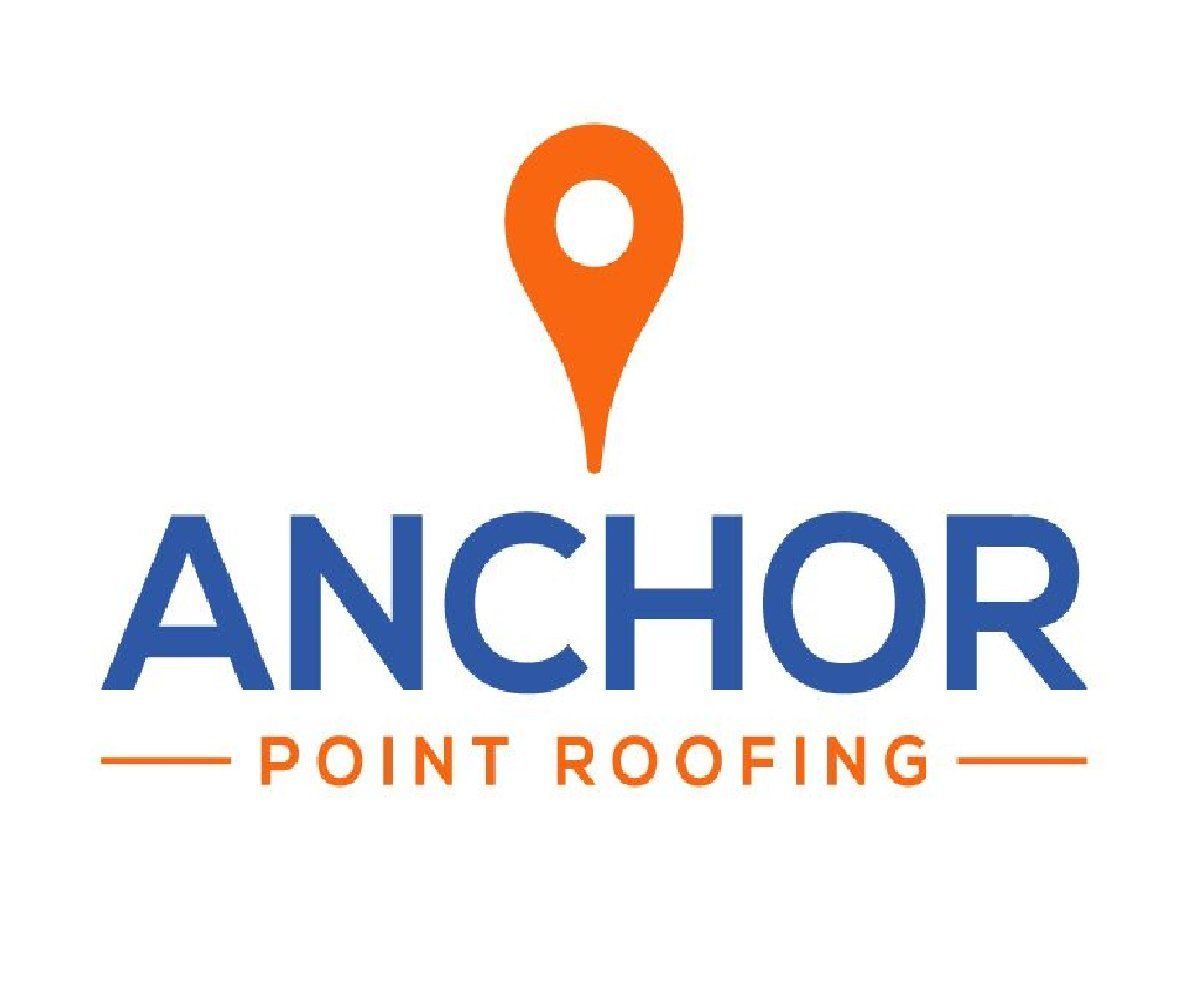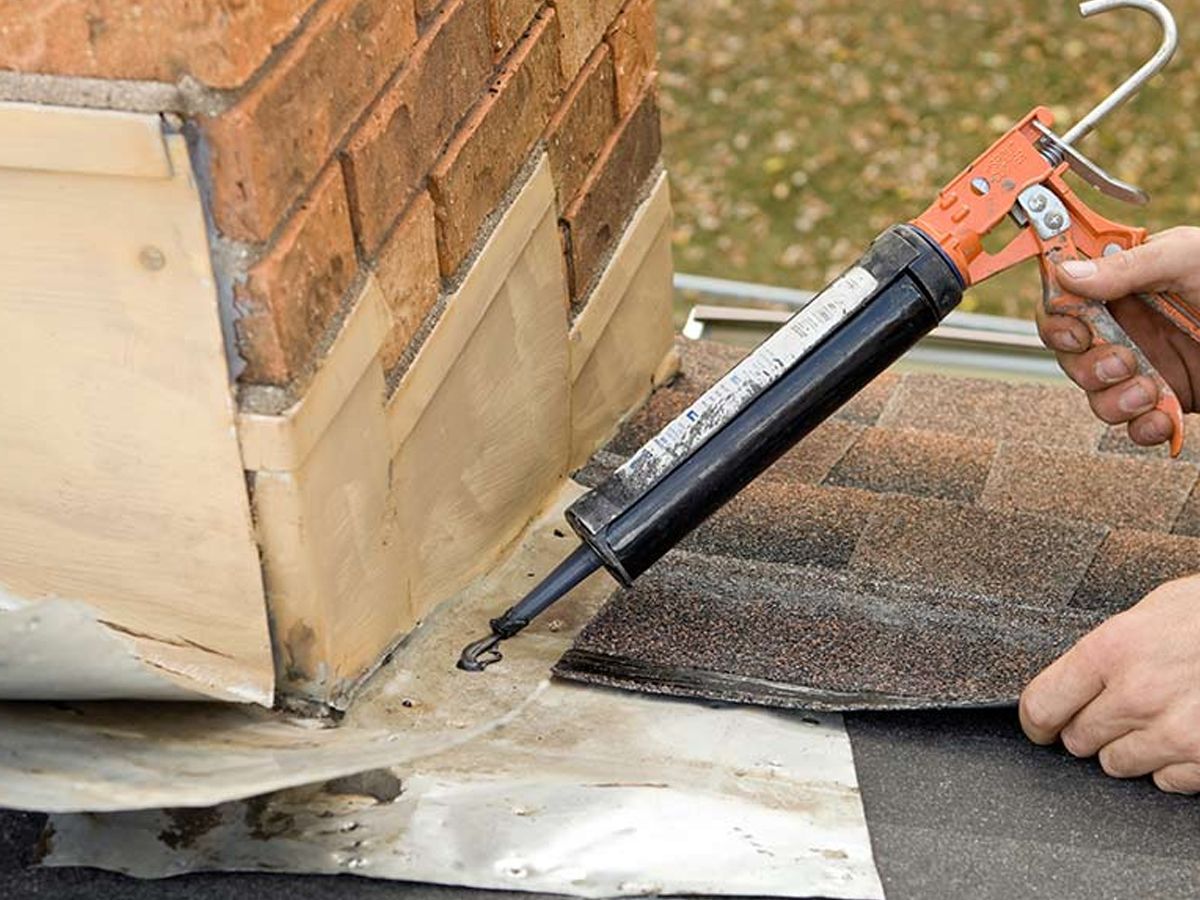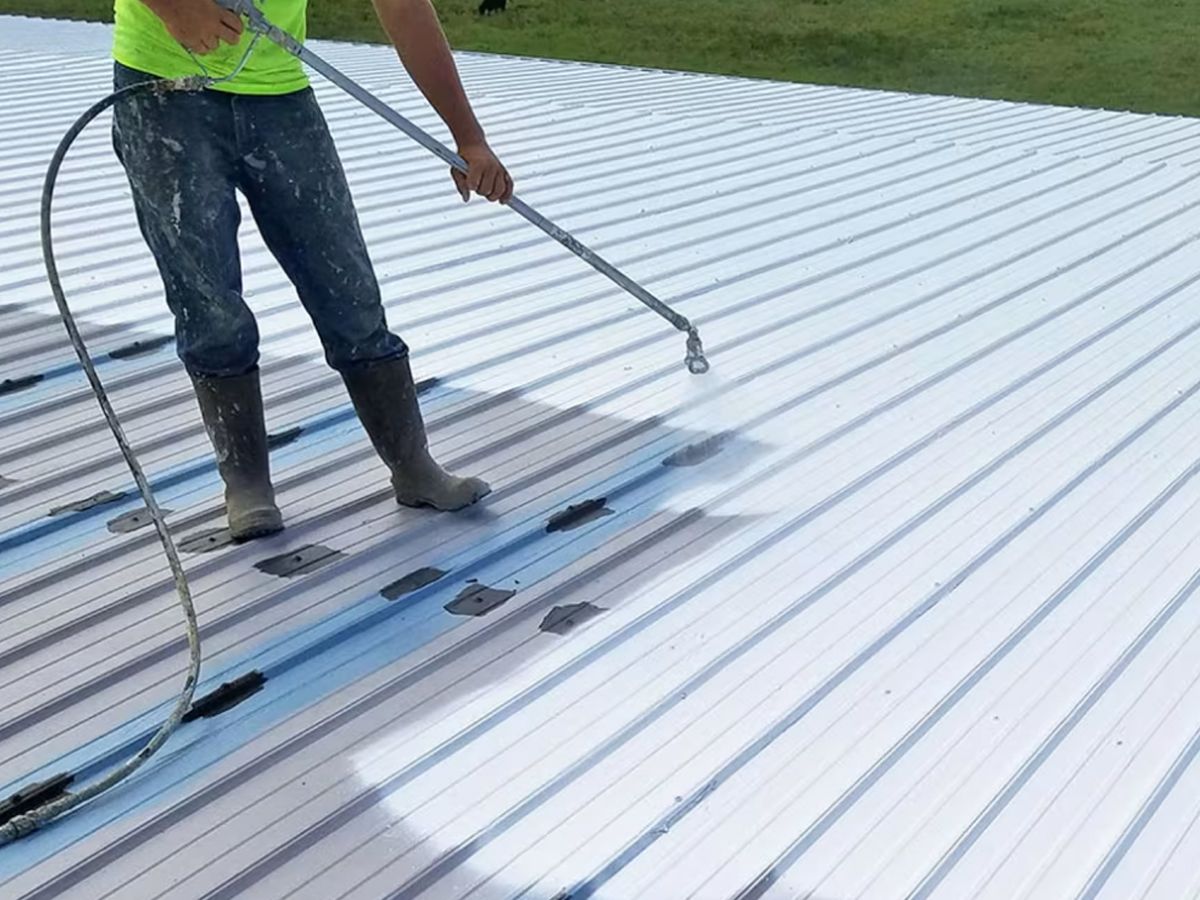About The Author
ANCHOR POINT ROOFING
Coping with a damaged roof can be a major stressor for any homeowner. Did you know simple repairs and maintenance could extend its lifespan, safeguarding your investment?
This comprehensive guide will provide practical tips on DIY minor fixes, when to hire professionals, and preventive measures to keep your roof in tip-top shape.
HANDLING SMALL REPAIRS
Learn how to handle small roof repairs yourself with these DIY tips. Gather the necessary tools and take safety precautions before fixing loose or damaged shingles. Additionally, discover steps for repairing minor leaks or gaps in your roofing system.
Don’t let minor issues escalate into more significant problems – take action now!

Maintaining your roof’s health often requires collecting specific tools and adherence to safety measures. Key instruments include a sturdy ladder, roofing nailer, pry bar, hammer, and chalk line to ensure proper shingle alignment.
Remember that non-slip boots are essential to maintain balance on sloping surfaces.
Safety should always be the top priority during flat roof repair or installation. Always wear appropriate protective gear, such as gloves and safety glasses, while working with sharp tools or debris-ridden areas.
Securing your ladder to prevent it from slipping and wearing a harness can safeguard against potential falls. Further precautions can involve avoiding work in adverse weather conditions like rain or extreme heat, which could lead to slippery conditions or heat stroke.
On spotting loose or damaged shingles, your primary weapon for emergency roof repair is a roofing hammer and pry bar. Begin gently lifting the surrounding undamaged shingles to disengage the roof sealant holding them together.
Use the pry bar to remove nails that keep the damaged shingles in place. Note that each tab of standard roofing shingles is usually secured via four pins during the roof installation process.
Once removed, carefully slide out the faulty material piece without disrupting adjacent shingles.
Next, replace it with a new roof from an identical manufacturer’s batch if available; this ensures aesthetic consistency across your entire roof system. The replacement process begins by aligning and sliding in your new piece under the exposed flap of its upper neighbor until flush with others on its row.
Following the manufacturer’s installation requirements minimizes the risk of voided warranty due to improper installation techniques.
Lastly, secure it down tightly using four nails near the top corners and 1 inch above each cutout; ensure they are beneath the next row’s sealant strip, hidden from view once flatly laid against the surface below.
Upon properly replacing defective shingle(s), press down surrounding ones previously lifted so that their thermal sealing activates under sun heat; this helps maintain warranty coverage for your lifetime roofing materials’ basic limited lifetime warranty or any extended manufacturer’s warranty you’ve availed.
REPAIRING MINOR LEAKS OR GAPS IN THE ROOFING SYSTEM
To keep your home safe and dry, it’s essential to address minor leaks or gaps in your roofing system immediately. These minor issues can quickly escalate into more significant problems if left unattended.
Fortunately, you don’t always need to call a professional for roof repair. With the right tools and safety precautions, you can handle them yourself. Start by inspecting your roof for loose or damaged shingles and replace any compromised ones.
Additionally, seal any small gaps or cracks with roof cement to prevent water from getting in. By promptly addressing a minor roof leak, you can save yourself from costly repairs later on.
HIRING PROFESSIONAL ROOFING CONTRACTORS

When it comes to roof repairs, sometimes it’s best to leave the job to the professionals. Hiring a reputable roofing contractor ensures your roof repair work is done correctly and efficiently.
They have the experience and knowledge to handle roofing issues and can provide expert advice on the best course of action for your situation. Additionally, professional contractors often offer warranties on their workmanship, giving you peace of mind knowing that if any issues arise in the future, they will be there to address them.
So when it comes time for emergency roof repairs, don’t gamble with DIY roof repair methods – hire a trusted roofing professional who can get the job done right.
PREVENTIVE MAINTENANCE
Just like the flat roof repair, the low slope roof also gives you challenges like snow accumulation and ice buildup. Moreover, with the temperature fluctuation that occurs in the roof, the roof can expand and contract, and that can cause damage to the roof’s structure.
So it is important to save the roof from the issues caused by these situations; you must appropriately and timely repair the low slope roof.
TRIMMING TREES NEAR THE ROOF
Correctly trimming trees near your roof is essential for your home’s safety and health. Overhanging branches can cause severe damage during storms or high winds, potentially leading to costly repairs.
It’s essential to keep these trees in check to prevent future problems. Regularly trim back branches close to your roofline, ensuring they don’t come into contact with your shingles, gutters, or other parts of the roofing system.
PREVENTING ICE DAMS AND MANAGING SNOW BUILDUP

Snow buildup and ice dams can be a major concern for homeowners, causing potential damage to the roof if not properly managed. It is important to ensure proper insulation in the attic and roof space to prevent ice dams.
Adequate insulation helps maintain a consistent temperature throughout the roof, preventing snow from melting unevenly and refreezing at the edges, where ice dams form. Additionally, cleaning out gutters regularly can help facilitate proper drainage of melting snow.
Removing accumulated snow from the roof using a long-handled rake is also advisable to prevent excessive weight and reduce the risk of ice dam formation. These preventive measures can go a long way in protecting your roof during harsh winter weather.
CONCLUSION
For all homeowners, understanding roof repair tips is essential in maintaining the integrity and longevity of their homes. Homeowners can save on costs and ensure a safe environment by handling small repairs, such as fixing loose shingles or repairing a minor leaking roof.
However, hiring professional roofing contractors with the necessary skills and experience is crucial when faced with more complex issues or a lack of expertise. Additionally, preventive maintenance is vital in preventing costly roof damage by regularly cleaning gutters, trimming trees near the roof, and managing snow buildup.
“Need reliable contractors for your construction project? Look no further! Reach out to Anchor Point Roofing today for the best roofing solutions in Chicago.





